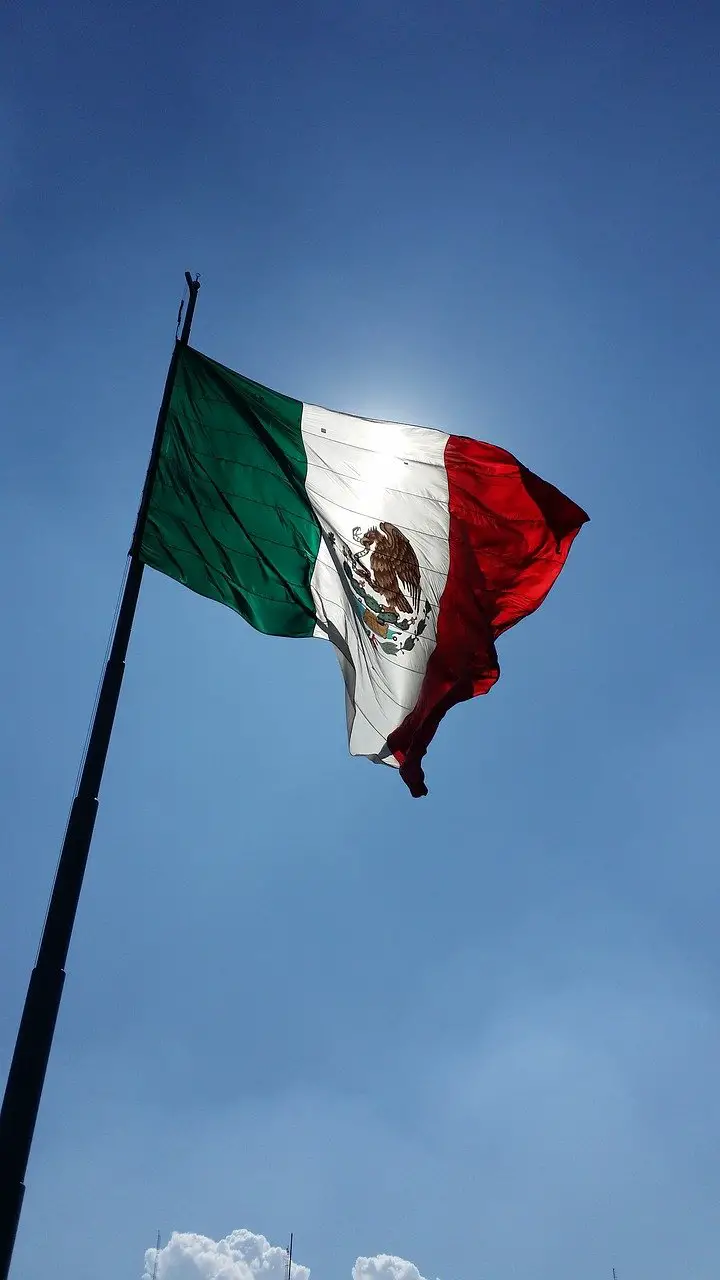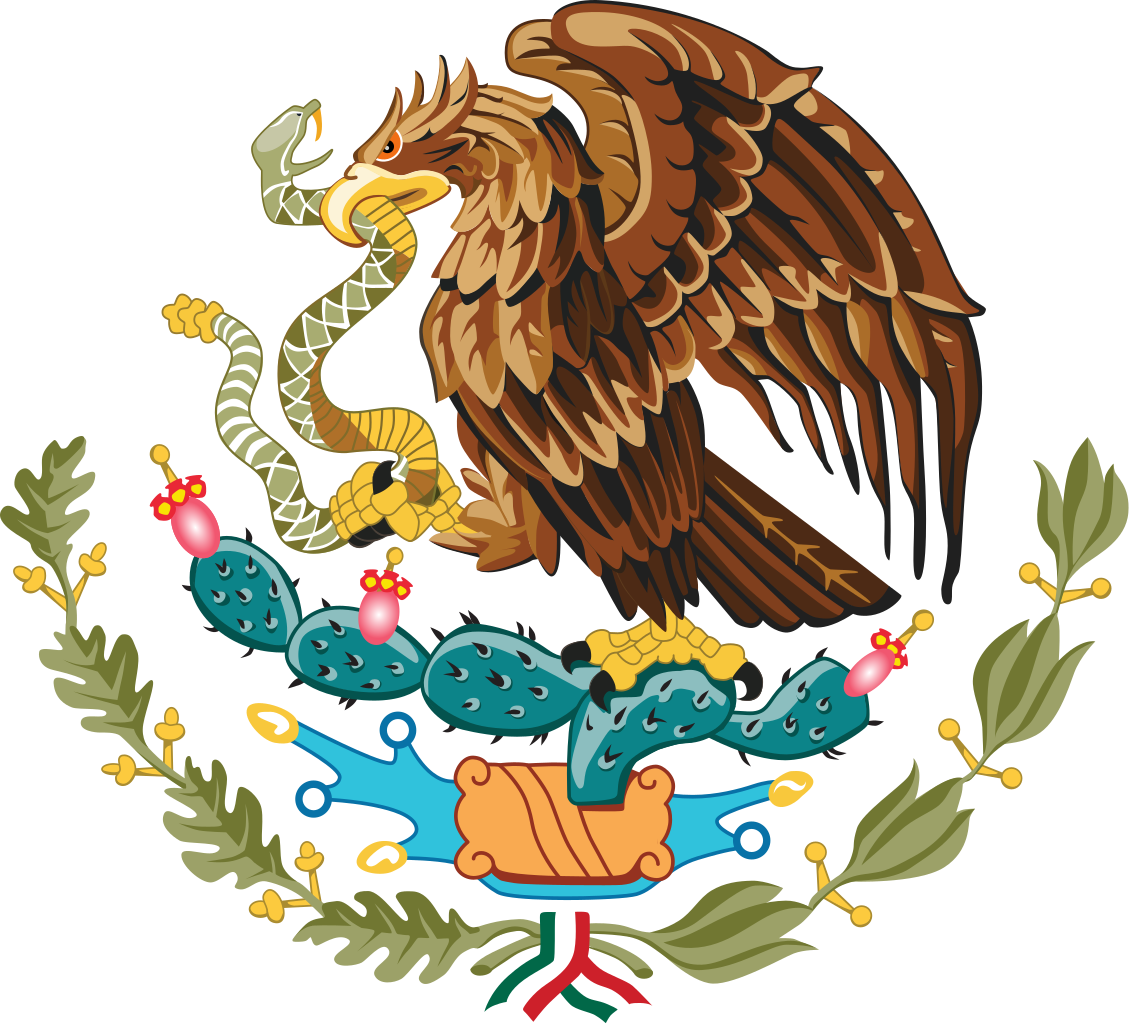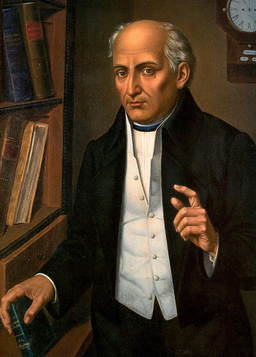The Mexican flag represents the zealous patriotism of the people of Mexico. The background to this flag is as intriguing and fascinating as the country of Mexico itself. The Mexican flag’s history goes way back than most of the other national flags. The flag flourished in Mexico during the early 1300s and has its origins rooted in the Aztec culture. Over a period of time, the present colors and the crest of Mexico have undergone drastic changes. Do you want to know more about the historical and cultural significance of the Mexican flag? Read on to find out!
Mexican Flag
The flag of Mexico comprises of three straight bands in the colors green, white and red, running vertically in the same order. The “Coat of Arms” is present at the center of the flag on the white band. The Mexican flag features a golden eagle perched atop a prickly cactus pear. You can see that this magnanimous eagle is gripping a snake from its beak and also its talons. 4:7 is the ratio of the standard proportion of the Mexican flag which differentiates it from the Italian flag with the same colors whose proportions are in the ratio 2:3. The shade of the colored bands along with the central symbol of the Mexican flag is what differentiates it from the other flags consisting of the same color. The flag of Mexico with the “Coat of Arms” symbol at the center and the national anthem of this country are the prime patriotic symbols or “símbolos patrios” of Mexico and therefore, commands massive respect from the Mexicans. The initial adoption of the Mexican flag which is currently swaying over the nation was on 16th September 1968 which later received confirmation by law on 24th February 1984.

History & Meaning
Miguel Hidalgo, who is popularly known as the father of the nation, was the first person to adopt the flag of Mexico. The initial Mexican flag featured an image of the Mexican patroness, Our Lady of Guadalupe. Mexico’s first president was Guadalupe Victoria and had carried this Mexican flag to the battle with immense pride. Guadalupe Victoria’s original name was José Miguel Ramón Adaucto Fernández y Félix. He later changed his name to signify the Mexican independence attained by defeating the Spaniards in 1812 after the Oaxaca assault. The Army of the Three Guarantees later adopted the three colors during the Mexican Independence War, that aimed towards defending independence, religion, and unity.
The official adoption of the flag of Mexico which you see now was in 1968. However, since 1821 a similar flag was already in use. Initially, the significance of the colored bands on the Mexican flag was – green for Mexican independence, white for religion and red for European and American union. This changed with the country’s secularization under the presidentship of Benito Juarez in the year 1858. After this, the meanings of the colored bands changed to hope represented by green, unity represented by white and the blood of the nation’s heroes spilled during the Mexican Independence War represented by red.
Coat of Arms
In the Mexican flag, a majestic eagle perched on top of a prickly cactus pear represents the “Coat of Arms”. You would notice this eagle engulfing a rattlesnake. This image has a history behind it which is relevant to the story of how the Aztecs founded Tenochtitlan. Tenochtitlan is the capital city which the Aztecs found while they were wandering. A legend suggests that as soon as the Aztecs witnessed an eagle atop a cactus, the idea of forming Tenochtitlan struck them. This happened when they were wandering through a quaint island located amidst the Lake Texcoco.
The Spanish slightly mistranslated the texts by Aztecs due to which they later added the rattlesnake to the legendary story. Although the Aztecs considered the snakes to be a symbol of creation and wisdom, the initial missionaries reinterpreted the image later. For the Europeans, this image meant the struggle of evil and good and signified the history of Christian Evalnelizers in Mexico.

Today, the placement of “Coat of Arms” is at the center of the Mexican flag and a laurel branch underneath the eagle which represents honor and victory. This addition of this image to the Mexican flag was in 1968 when the nation hosted the Olympic Games. Before this, the representation of the emblem was not necessarily a part of the flag of Mexico, which made it look familiar to the Italian flag.
Protocol
According to the regulations given by the Mexican military, whenever the Mexican flag is on display amidst a crowd, the individuals who are in the military uniform need to salute the flag. The civilians present in the crowd need to stand in attention and place their right arm on their left chest horizontally with the palm facing downwards. If the Mexican President is acting as the commander of the Armed Forces of Mexico, he needs to follow the military regulations for saluting the flag. Both the civilians, as well as the government personnel, can parade the flag on certain occasions. You can witness the Mexican flag on display during the days that hold national significance in the country. Another tradition in Mexico is that during every Olympics, if the participants are representing Mexico, a flag bearer must wave the Mexican flag.

Flag Day
Since 1937, the Flag Day or Día de la Bandera in Mexico falls on the 24th of February every year. General Lázaro Cárdenas was the first to establish 24th February as the Flag Day. This event took place in front of the statue of General Vincente Guerrero, who was the first person to pledge allegiance to the national flag of Mexico. On the 24th of February in 1821, General Vincente Guerrero and Agustine de Iturbide proclaimed the “Plan de Iguala”, and this was the reason behind dedicating 24th February as the Flag Day. The idea behind declaring this day as Flag Day is based on the principles of Mexican independence- religion and unity, which are the representations of the colored bands in the flag of Mexico. Also, Jose Magdaleno Ocampo curated the first Mexican flag of three colors on this day, long before the nation triumphed in its independence. Initially, the citizens referred to the flag as “Pendon Trigarante”. That was the time when the flag consisted of white, green and red colors placed diagonally with golden stars at the center of each colored band. While reciting the pledge on Flag Day, it is customary for the citizens of the nation to offer the Bellamy Salute to the Mexican flag.
Translated Oath
The citizens of Mexico learn the “Pledge of Allegiance” starting from a very young age in schools and educational institutes. On important days like Flag Day, civilians, as well as the military personnel, recite the following oath as a symbol of patriotism.
¡Bandera de México!
Legado de nuestros héroes,
símbolo de la unidad
de nuestros padres y nuestros hermanos.
Te prometemos ser siempre fieles
a los principios de libertad y de justicia
que hacen de nuestra patria la nación independiente, humana y generosa
a la que entregamos nuestra existencia.
English translation of Mexican Flag’s “Pledge of Allegiance”,
Flag of Mexico!
Legacy of our heroes,
symbol of the unity
of our parents and our siblings.
We promise to always be loyal
to the principles of liberty and justice
that make our homeland
the independent, humane and generous nation
to which we surrender our existence.
The Mexican flag waving over Mexico is a powerful reminder of the rich history carried forward from the bygone era. It signifies the transformation from being the Aztecs of Tenochtitlan to growing as the proud Mexican citizens. When the citizens of Mexico pledge their allegiance to the Mexican flag, they can pride themselves on being a part of a nation with a great heritage and land.
